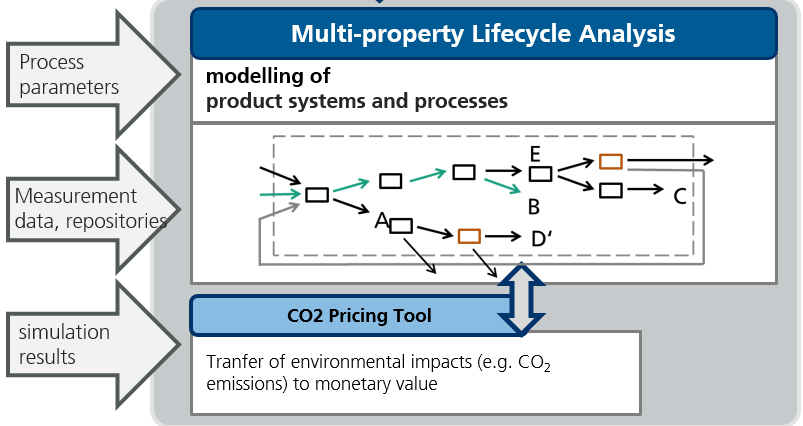If materials or raw materials are not used in the primary product, this usually results in a negative entry in the sustainability balance. This includes significant costs for waste disposal or production waste.
The basic principle is therefore that the function and value of a material are linked and should be retained beyond the previous life cycle (as long as possible). Consequently, the direct reuse of a material or component is ideal for its original purpose. Nevertheless, the appropriate recycling technology for the processing of a raw material leads to economically and ecologically profitable results. A prerequisite for this, however, is that the product's material content, function and value are known and the best recycling option for the specific product is found or developed. We support our customers with the following approach:
- Relevance and value analysis of products, components and materials
- Linking properties, benefits and sustainability criteria (economic, ecological and technical indicators)
- Establishment of a practical, closed material cycle management for components and materials, within the company or in regional partnerships (buyer/reuser/processor)
Added value for customers
- Reduction of scrap and waste quantities
- Contributions to increasing energy and resource efficiency
- Proven environmental and climate protection ("green products")
- Comparison of added value and expenditure for reuse or recycling at material level, identification of possible recycling and treatment processes
